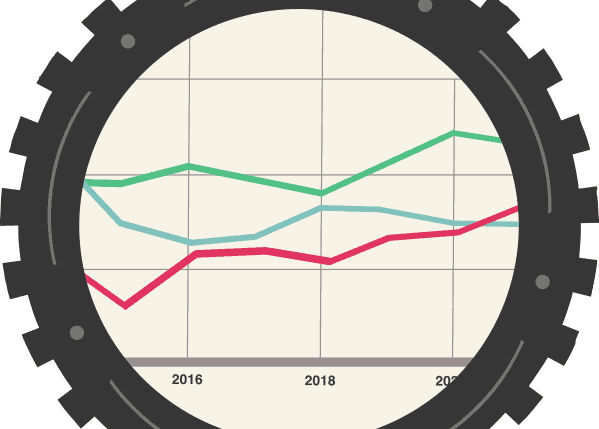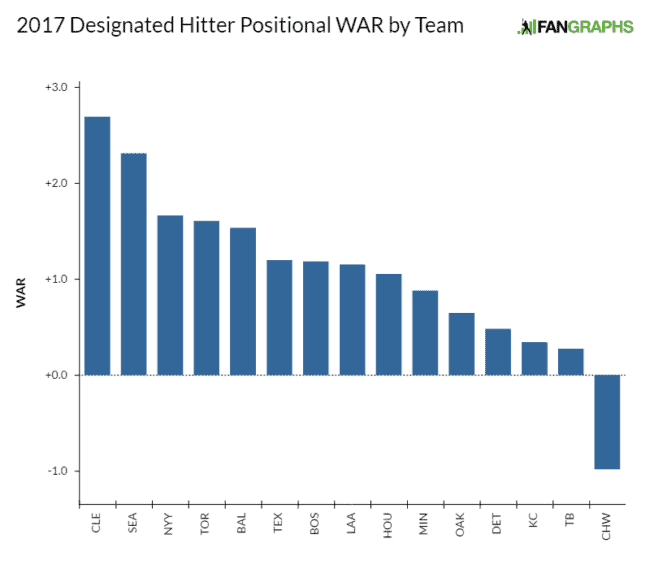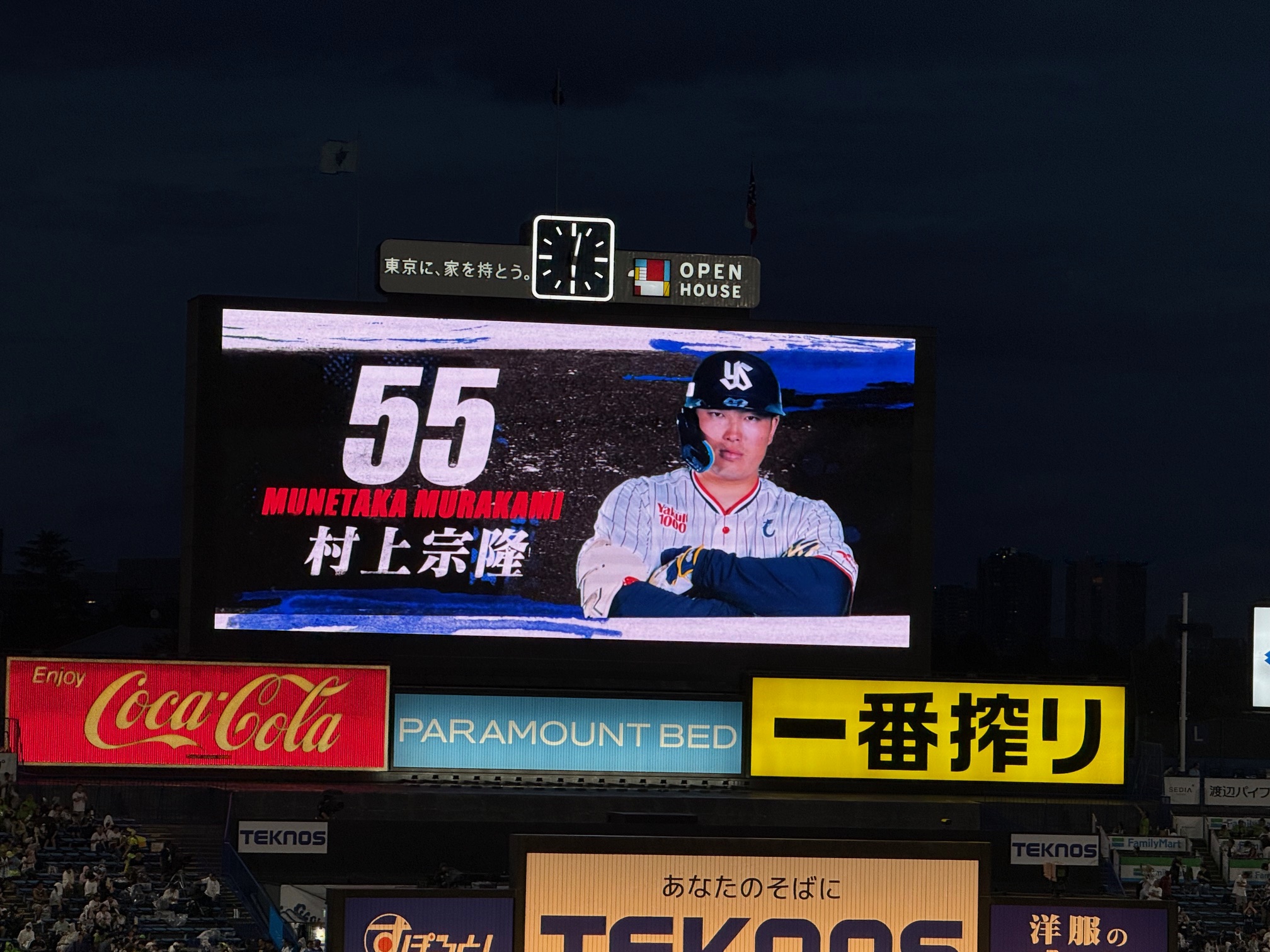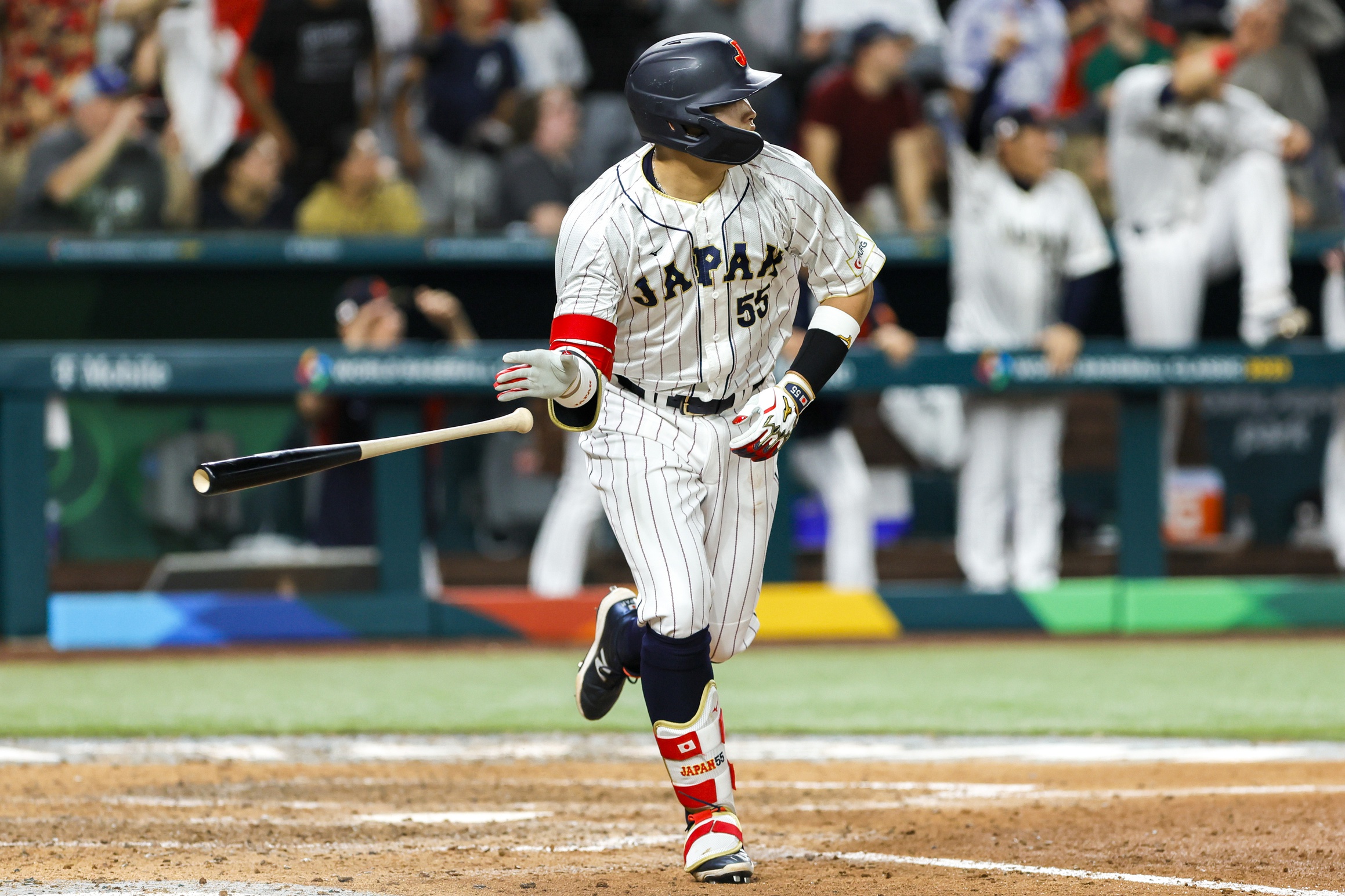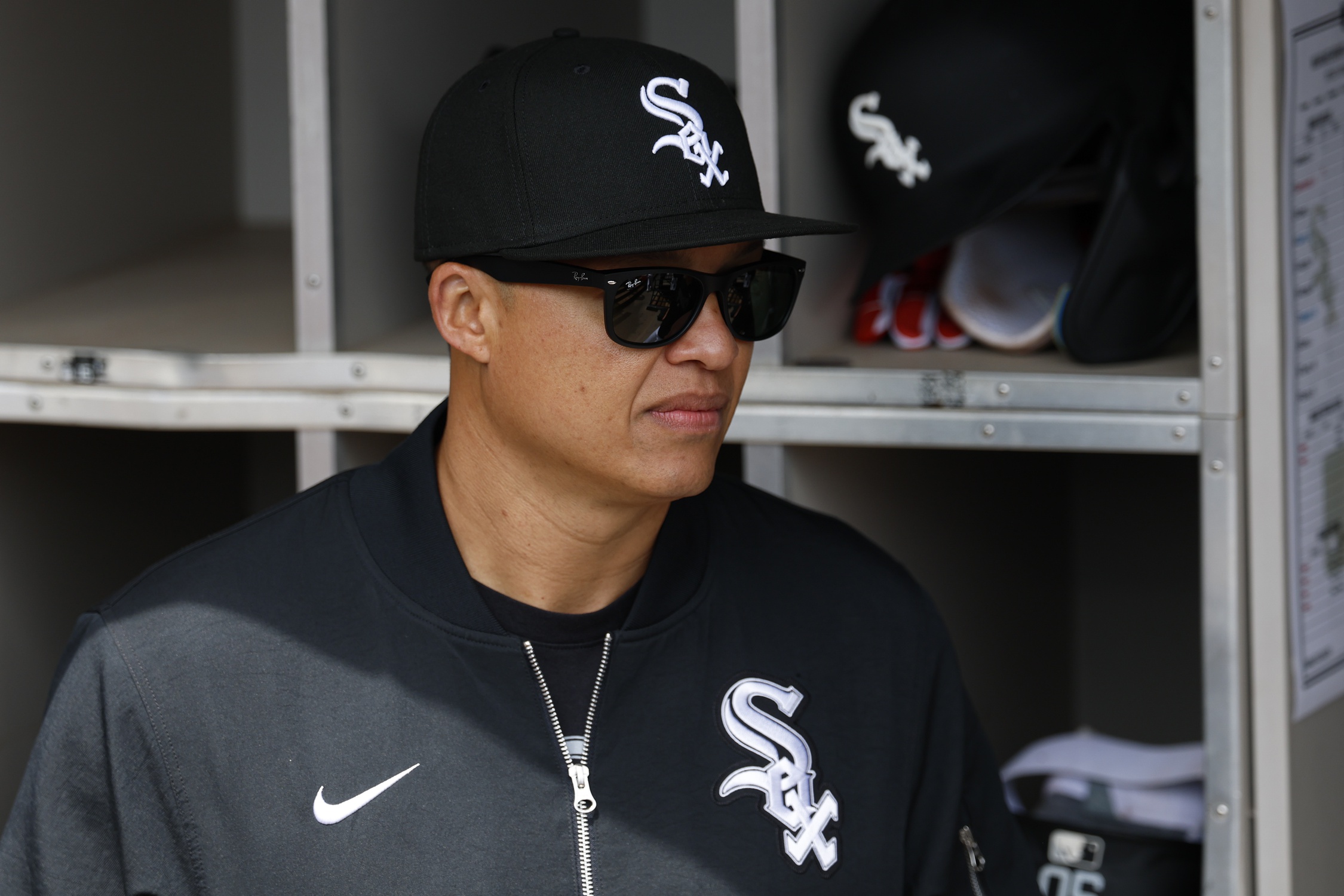The White Sox tied up some loose ends on their roster heading into the final day of Cactus League play. By reassigning Jeanmar Gomez and Bruce Rondon to minor-league camp, the White Sox are breaking camp with Gregory Infante, Juan Minaya and Aaron Bummer made the bullpen. Rick Renteria also officially named Carson Fulmer the fifth starter.
There are 27 players left in camp, and one of them is the injured Carlos Rodon, meaning that Kevan Smith and Omar Narvaez are the last ones battling for one spot. Smith hasn't played since spraining his ankle, so it seems like Narvaez is the guy, but James Fegan provides a reason for such a delay:
The outcome of that position battle hasn't been announced because Kevan Smith has not yet returned to action after spraining his left ankle, and could be a candidate to start the season on the disabled list rather than immediately optioned out of spring training in favor of Omar Narváez.
The White Sox roster settles just as FanGraphs' annual position rankings spread to cover all the position players. The White Sox remain in the bottom third of the league on the whole, but the rebuild has taken hold long enough to finally put youth on their side. Let's jog through the nine lineup spots and see how or whether they've progressed:
Catcher
- Last year: 27th (1.1 WAR)
- This year: 19th (2.1 WAR)
It seems like FanGraphs would do well to use a metric that incorporates framing to rank catchers. Welington Castillo should represents a year-over-year upgrade in that department, too, but the context across the league is a little less clear.
First base
- Last year: 11th (2.1 WAR)
- This year: Eighth (2.5 WAR)
Jose Abreu gained a half-win on his projection, which is no small feat for a player who is now on the other side of 30. Matt Davidson shaves two-tenths off the total, but more on him later. Fun fact: The seven teams ranked ahead of the White Sox are all in the National League.
Second base
- Last year: 24th (1.1 WAR)
- This year: 13th (2.3 WAR)
What's notable about Yoan Moncada's projection (2.1 WAR) is that it involves slightly below-average fielding contributions. UZR was indifferent to his defense at second (-2.3 runs below average), but DRS loved him:
We've seen him make silly plays on the other side of second, so I wouldn't be surprised if all metrics come around on his defense this year. And if 2 WAR is somehow conservative for his first full season, then hot diggity.
Third base
- Last year: 15th (2.6 WAR)
- This year: 29th (1.2 WAR)
This is the difference between a reputable-if-limited veteran like Todd Frazier and a half-season of good baseball from Yolmer Sanchez. Given that Sanchez easily exceeded his projected 0.9 WAR last season, it seems like this is more of a floor than an average. Granted, Sanchez could be exposed by near-everyday play, but an expedition to his ceiling is a worthwhile use of the season.
Shortstop
- Last year: 20th (1.9 WAR)
- This year: 27th (0.9 WAR)
Both Tim Anderson and Tyler Saladino underperformed their projections last year, hence the drop. Rian Watt notes Anderson's personal trauma, but also that Anderson saw the highest percentage of sliders in the American League last year, and was one of just 18 hitters to see fastballs less than half the time, so there's a specific baseball task to conquer.
Left field
- Last year: 21st (0.8 WAR)
- This year: 21st (1.1 WAR)
This is a case study opposite of third base, in that going from a known veteran (Melky Cabrera) to a mystery man (Nicky Delmonico) results in a no loss in standing, and the mildest of bumps in projections. Cabrera's unemployment has stumped some people because he's an eminently watchable hitter, but his defense killed him.
Center field
- Last year: 30th (0.2 WAR)
- This year: 30th (-0.1 WAR)
And to think, last year's White Sox projections were buoyed by two guys who didn't play a game for them (Peter Bourjos, Charlie Tilson). Sure enough, they finished slightly worse than their projections (-0.2 WAR) because Adam Engel hit .166.
This year's numbers look bad because Engel is getting 85 percent of the playing time. Credit Engel for using the spring to make himself interesting, which makes Jeff Sullivan's write-up more than the "bless his heart" it could sound like:
Adam Engel was bad in front of thousands and thousands of people. Very bad. Conspicuously bad. He kept himself sharp in the field, and he vowed to come back a better player. I don't know if he's going to succeed, but he's already gotten this far. The White Sox, politely, didn't fill the job with somebody else.
No team is projected to be worse in center field than the White Sox. That's because, last season, in center field, the White Sox were bad. And now, even now, they have hope. This is exactly what baseball is all about. I don't care how trite that comes off.
Right field
- Last year: 30th (0.2 WAR)
- This year: 18th (1.8 WAR)
Guys like Sanchez and Engel have to look no further than right field for somebody who took a blasting box to his projections. Avisail Garcia looked like a replacement-level outfielder the year before, and while a middle-of-the-pack projection won't cause jaws to drop, he climbed out of a very deep hole.
Designated hitter
- Last year: 15th (-1.0 WAR)
- This year: 15th (-0.8 WAR)
Add Matt Davidson to the list of players who are hoping to replicate Avisail Garcia's journey to averagedom. His projections give FanGraphs' chart an overbite:
Unlike Sullivan with Engel, Carson Cistulli isn't in the mood to spin:
As an attempt to "problematize" language, however, the White Sox might have struck a rich vein here. For those who are unfamiliar, "problematizing" is something graduate students do when they're not meditating bleakly on their career prospects. To problematize a concept or idea, one ponders a reality in which the opposite of that concept or idea is true. In the case of Davidson, for example, the White Sox appear to be asking what would happen if a designated hitter didn't hit. A stirring thought! The 2018 season is likely to go some way towards producing the appropriate hard data.
I maintain that Davidson is worth watching in April, only because he cut his year-over-year spring strikeout rate from 38 percent to 27 percent. A Davidson who strikes out less than 30 percent of the time has something to contribute. That Davidson is merely theoretical at this point, and if that Davidson never materializes, then DH looks like a release valve for other young players who need at-bats for the other four or five months.
